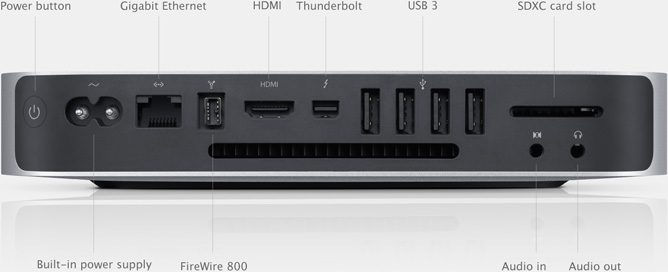

- #WHATS DIFFERENT ABOUT THE NEW MAC PORTS INSTALL#
- #WHATS DIFFERENT ABOUT THE NEW MAC PORTS MANUAL#
- #WHATS DIFFERENT ABOUT THE NEW MAC PORTS UPGRADE#
- #WHATS DIFFERENT ABOUT THE NEW MAC PORTS LICENSE#
#WHATS DIFFERENT ABOUT THE NEW MAC PORTS UPGRADE#
MacPorts installed and wish to upgrade to a newer release.Ĭhecksums for our packaged downloads are contained in the corresponding checksums file. The selfupdate target of the port(1) command, for users who already have.Git clone of the unpackaged sources, if you wish to follow MacPorts development.
#WHATS DIFFERENT ABOUT THE NEW MAC PORTS MANUAL#
Tar.gz one for manual compilation, if you intend to customize your installation
In source form as either a tar.bz2 package or a. Procedure that most users should follow after meeting the requirements listed MacPorts version 2.7.2 is available in various formats for download and installation (note, if you are upgrading to a new major release of macOS, see the migration info page): #WHATS DIFFERENT ABOUT THE NEW MAC PORTS INSTALL#
Install MacPorts for your version of the Mac operating system:.

#WHATS DIFFERENT ABOUT THE NEW MAC PORTS LICENSE#
Agree to Xcode license in Terminal: sudo xcodebuild -license. Install Xcode and the Xcode Command Line Tools. Left to right: power, two Thunderbolt, USB-A, and Audio-Out. USB ports are sometimes known by the USB specification of the port, such as USB 2 or USB 3. Use USB-A with devices that connect using a USB cable. They have the same shape, but use different symbols on the cable and port. Mini DisplayPort is not the same as Thunderbolt or Thunderbolt 2. Mac Pro introduced in 2009 through 2012. MacBook Air introduced in late 2008 through 2010. MacBook Pro introduced in late 2008 through 2010. Use Mini DisplayPort with displays that connect using a Mini DisplayPort cable. However, this port does support Mini DisplayPort for video output, so you can use a Mini DisplayPort cable to connect a Mini DisplayPort display. Thunderbolt and Thunderbolt 2 are not the same as Mini DisplayPort.  Mac mini introduced in 2011 through 2014. MacBook Air introduced in 2011 through 2017. MacBook Pro introduced in 2011 through 2015.
Mac mini introduced in 2011 through 2014. MacBook Air introduced in 2011 through 2017. MacBook Pro introduced in 2011 through 2015. 
These Mac models have Thunderbolt or Thunderbolt 2 ports: Use Thunderbolt or Thunderbolt 2 with displays and other devices that connect using a Thunderbolt cable. If your Mac has only one port like this, it’s a MacBook that supports USB-C but not Thunderbolt. This port doesn’t support Thunderbolt devices. MacBook models introduced in 2015 or later have a single USB-C port. If you have a device that doesn’t connect to this port, you might be able to use an adapter to connect it. You can also connect a USB-C power adapter and cable to charge your notebook computer. Use USB-C with displays and other devices that connect using a USB-C cable. If your Mac notebook or desktop computer has more than one port like this, each port supports ThunderBolt 3 and USB-C.
MacBook Air introduced in 2018 or later. MacBook Pro introduced in 2016 or later. These Mac models have Thunderbolt 3 ports: Use Thunderbolt 3 with displays and other devices that connect using either a Thunderbolt 3 cable or USB-C cable. Information about these and other types of Mac ports is in the specifications for your Mac: Choose Apple menu > About This Mac, click Support, then click Specifications. Or check your Mac user guide. What do they all do? If you’re new to the Mac, or computers in general, here’s a comprehensive guide explaining what all the ports do on your new Mac.įor the purposes of this guide, we’ll be basing it upon the current Mac lineup as of 2020 Thunderbolt, HDMI, USB 3.0, FireWire 800, Gigabit Ethernet, Digital Audio. If you’re not sure which port to use with your external display, hard drive, camera, printer, iPhone, iPad, or other device, the port shapes and symbols in this guide should help. How to Identify the ports on your Mac








 0 kommentar(er)
0 kommentar(er)
